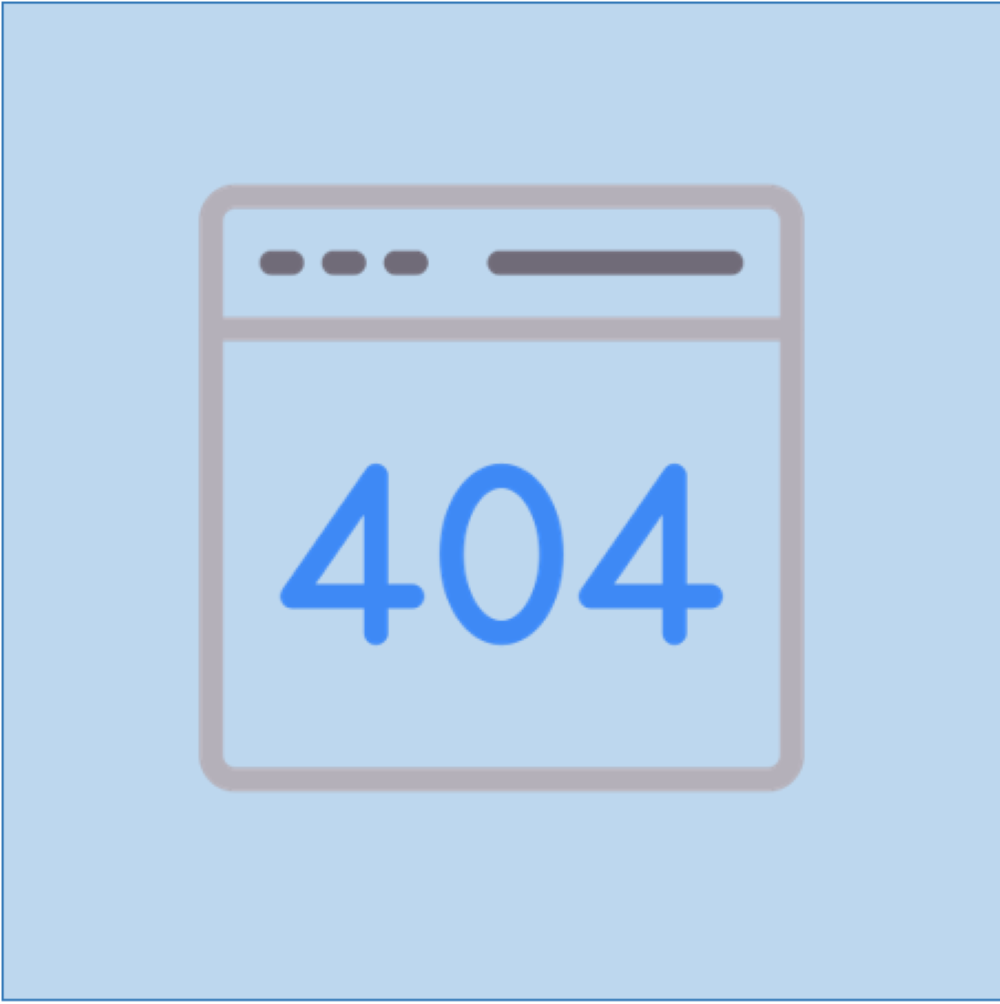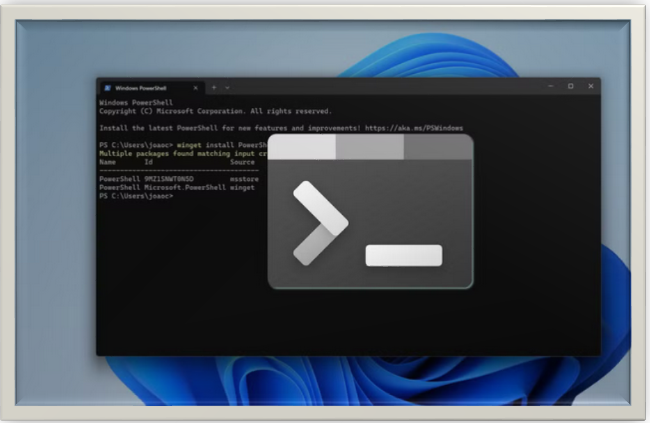A BEGINNER’S GUIDE TO MASTERING COMMON NETWORK ERROR CODES
Discover how to troubleshoot common network error codes efficiently. Our comprehensive guide offers solutions to keep you connected seamlessly.

INTRODUCTION:
When using a server or browsing the internet, have you ever encountered a mysterious error message that left you completely perplexed and staring at your computer in confusion? Encountering network errors when using online services or browsing the internet may be prevalent. These seemingly nonsensical codes can be a real letdown, especially for navigating the intricacies of the modern world. This in-depth guide will arm you with the knowledge necessary to decipher these frequently occurring network error codes, enabling you to understand what's going on behind the scenes and solve basic connection problems like an expert.
Network error messages
Imagine error messages as a window into the channel of communication that exists between the server you are trying to connect and your device (computer, phone, tablet, etc.). These codes serve as indicators if anything is blocking the establishment of a seamless connection. Knowing the specific error code and what it means will enable you to take targeted action to investigate and maybe fix the problem on your own, turning you from a confused user into an internet sleuth.
Common Network Error Codes
Let's examine some of the most well-known and frequently seen network error codes and reveal their hidden messages:
1. 404 Not found: This notorious error code means that the specific page or resource you are trying to access simply does not exist on the system. It's similar to asking for a book from a fantastic library that hasn't been published yet because the server doesn't have it in its enormously advanced collection! This could be the result of an incorrectly typed URL, a lost connection, or the website being relocated or removed. Try refreshing the page and double-checking the URL for any typos to fix this error. If the problem persists, get in touch with the website owner or use a search engine to find the content.
2. 401 unauthorized: When you attempt to access a restricted area on a website or server without the necessary credentials, this code appears. Imagine trying to visit a library's members-only section without an enrollment card and being turned away! It may require you to enter your username and password or obtain special permission to view the content.
3. 500 Errors in Internal Server: This error message suggests that there is a problem with the server's end, not your device. It's similar to a computer system failure at the library that prevents users from accessing the online catalog or checking out books. The website owner should take care of any temporary issues with the server program, database overload, or configuration problems. To fix this error, try refreshing the page or waiting a few minutes before attempting again. Should the error persist, get in touch with the website administrator to report the problem.
4. 503 Service Not Available: The server you are trying to connect to is currently experiencing maintenance or is overloaded. Imagine it as the library having a temporary closing sign; they're going to be back soon to straighten out the shelves or update their system. The server may be experiencing high traffic volume or scheduled maintenance, in which case trying again later might be the solution.
5. DNS Lookup Failed: This error message indicates that the internet address (URL) you entered into a server area cannot be translated by your device. It is comparable to having a wrong address for a library, which your device's GPS is unable to locate! DNS (Domain Name System) converts domain names into computer-readable numerical addresses, acting as an online phone book. There can be a temporary internet outage, a problem with the DNS server itself, or a problem with your DNS settings.
6. DNS Server Not Responding: This error suggests that your device is unable to connect to the DNS server, which is responsible for translating domain names into IP addresses. This may be the result of a DNS server configuration error, network congestion, or issues with your internet connection. Try restarting your router, clearing your DNS cache, or altering your DNS settings to fix this error.
7. Connection Timed Out: When your device tries to connect to a server but doesn't receive a response within a specific time frame, it displays the error message "Connection Timed Out". A weak internet connection, server problems, or a misconfigured DNS server could be the cause of this. Try refreshing the page, verifying your internet connection, or waiting a few minutes before trying again to troubleshoot this error.
8. ERR_CONNECTION_RESET: When there is a problem with the connection between your device and the server, you will usually see the "ERR_CONNECTION_RESET" error. This could be the result of network issues, firewall settings, or website-specific issues. Try restarting your device, disabling browser extensions, and cleaning the cache and cookies in your browser to fix this error.
9. 504 Gateway Timeout: The "504 Gateway Timeout" error occurs when the server serving as a proxy or portal does not receive a prompt response from the upward server. This may be the result of problems with the upstream server, network congestion, or server overload. Try refreshing the page, verifying your internet connection, or getting in touch with the site administrator to correct this error.
Troubleshooting Strategies for Typical Network Errors:
1. Refreshing the Page: Occasionally, a simple refresh (often performed by pressing the F5 key on your keyboard) can fix temporary errors or server outages. It's similar to gently nudging the server to remind it of your request.
2. Double-check the URL: A "404 Not Found" error may occur if the web address you typed has errors or typos. Just like you would carefully edit a term paper sometime before submitting it, take a moment to verify that you have typed the correct URL and double-check the spelling.
3. Restart Your Device: Minor computer application errors or connection problems are frequently resolved with a quick device reboot. It's similar to giving your gadget a fresh start, allowing it to rebuild connections and resolve any momentary memory problems.
4. Verify Your Internet Connection: Make sure that your internet connection—wired or wireless—is reliable and operational. Various network errors can be caused by an ineffective or dropped connection. Verify the strength of your internet signal or, if possible, try connecting to a different network.
5. Search the error code Online: If you're still having problems, a quick web search using the exact error code you saw will frequently yield more thorough troubleshooting instructions or possible workarounds unique to the website or feature you're attempting to access. The internet is a vast resource, and chances are good that someone else has run across the same problem and worked out a solution.
CONCLUSION:
Encountering network error codes could be typical. You can quickly fix problems and resume enjoying a flawless online experience by being aware of the meanings of these error codes and following simple troubleshooting procedures. In case issues persist even after trying these basic troubleshooting tips, don't forget to verify your internet connection again, refresh the page, and get in touch with the site administrator or internet service providers.
Thanks for reading.
If you like the article, consider sharing and subscribing. ;)




